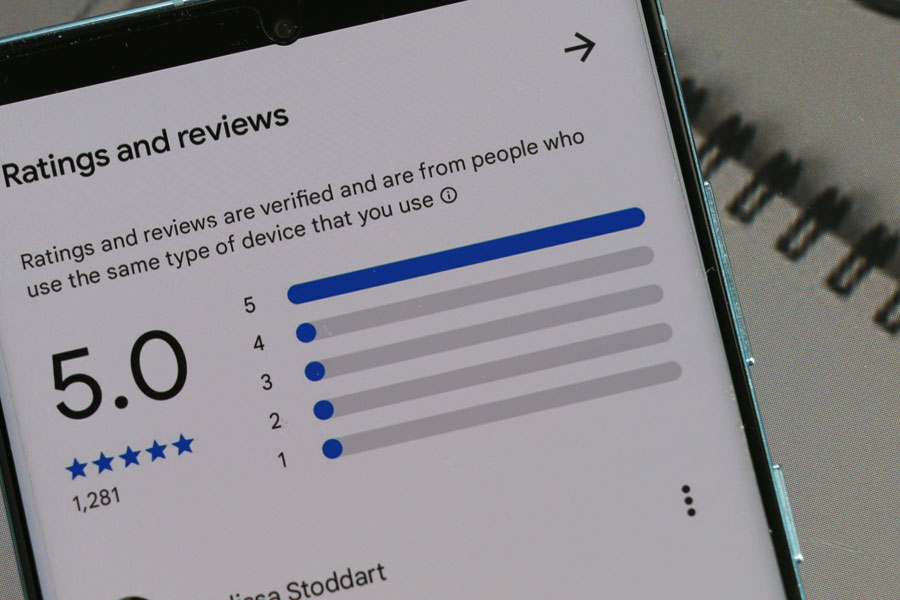
WEST PALM BEACH, FL – Today’s users are mobile-first—browsing websites, shopping, and searching on their phones more than ever. If your website doesn’t offer a seamless mobile experience, you’re losing users, conversions, and visibility. Mobile-first design ensures your site is built with mobile users in mind first, then scaled for larger screens.
Let’s dive into how mobile-first design works and why it’s now the gold standard in modern web development.
1. Mobile-First Design Explained: A Smarter Way to Build Websites
Mobile-first design begins by designing for smartphones and small screens first, then gradually adding enhancements for tablets and desktops. This prioritisation ensures essential content and features are optimised from the start. It’s a shift away from traditional desktop-first approaches that often fail mobile users.
Why it matters:
- Mobile devices drive the majority of web traffic.
- Google ranks sites based on their mobile version.
- A mobile-first strategy improves performance and usability.
2. Benefits of Mobile-First Design: Why It Improves User Experience and ROI
When you build with mobile users in mind, the results go beyond aesthetics. A streamlined mobile design helps boost load speed, increase time on site, and encourage user actions. It also supports your SEO and conversion goals.
Key advantages:
- Faster performance across all devices.
- Improved SEO with mobile-first indexing.
- Higher engagement and lower bounce rates.
- Better conversions from mobile traffic.
3. Responsive Layouts: Start Small, Scale Up
A responsive layout adapts to screen sizes, but mobile-first means designing for the smallest screens first. This method focuses on essential content and usability, ensuring your site remains effective on any device.
Best practices:
- Use fluid grids and flexible containers.
- Apply media queries to enhance layouts for larger screens.
- Stack content vertically for mobile readability.
- Ensure images scale properly without distortion.
4. Touch-Friendly Interfaces: Design for Taps, Not Clicks
On mobile, users tap and swipe instead of clicking. A mobile-first interface must accommodate touch gestures to provide a smooth, accessible experience. Poor tap zones or hover-only features can lead to frustration and lost users.
Mobile-friendly tips:
- Buttons should be at least 48×48 pixels.
- Include enough spacing between interactive elements.
- Avoid relying on hover functions.
- Use mobile-optimised form inputs.
5. Simplified Navigation: Help Users Get Where They Need to Go
Mobile users expect fast access to content. Cluttered menus or excessive links cause drop-offs. Streamlined navigation makes your site easier to use and helps guide users toward conversions.
Smart navigation features:
- Hamburger menus or collapsible navigation drawers.
- Keep top-level links between 5 to 7 items.
- Add a prominent search bar.
- Use sticky headers for quick access.
6. Prioritising Content: Focus on What Matters Most
Mobile-first forces designers to cut clutter and put key content front and center. Users need quick access to information, strong CTAs, and minimal distractions.
Content optimisation tips:
- Place core messages and CTAs above the fold.
- Use bullet points and bold headings.
- Keep paragraphs short and scannable.
- Collapse non-essential content behind toggles.
7. Performance Optimisation: Speed Matters on Mobile
Speed is one of the most critical factors for mobile success. A few extra seconds of load time can drive users away and hurt your rankings. Mobile-first design naturally leads to leaner, faster sites.
Performance tactics:
- Compress and optimise images and media.
- Minify CSS, JavaScript, and HTML.
- Use lazy loading for below-the-fold content.
- Implement browser caching and a CDN.
8. Mobile SEO: Align Your Site with Search Engine Standards
Search engines prioritise mobile usability. If your mobile site isn’t optimised, your visibility suffers. A mobile-first site boosts your rankings, especially now that mobile-first indexing is the default.
Mobile SEO best practices:
- Use a single responsive site (no separate mobile URL).
- Optimise meta titles, descriptions, and headings.
- Avoid overlapping or hidden elements.
- Use structured data for featured snippets.
9. Accessibility in Mobile Design: Inclusive by Default
A good mobile-first website works for everyone. Accessibility means your design supports users with visual, physical, or cognitive limitations—and performs well across all situations.
Accessibility essentials:
- Maintain contrast ratios and readable font sizes.
- Label all form fields, buttons, and links clearly.
- Provide alt text for all images.
- Avoid using colour alone to convey meaning.
10. Scaling Up for Larger Screens: Enhance Without Overloading
Once you’ve perfected the mobile experience, you can add richer visuals and extra features for larger screens. This approach ensures performance on mobile while delivering depth on desktops.
Desktop enhancements:
- Add multi-column layouts and expanded imagery.
- Use hover states for additional detail.
- Introduce sidebars or expanded filters.
- Offer videos or long-form content for wider screens.
Conclusion: Build for Mobile, Win Everywhere
Designing for mobile-first isn’t just a trend—it’s a necessity. With users accessing your site on the go, your design needs to be responsive, fast, and intuitive. From SEO to user satisfaction, mobile-first delivers lasting results.
Whether you’re building a new website or improving an existing one, start with mobile. The experience you create will lead to better engagement, stronger performance, and higher conversions.
At Searchen Networks, we specialise in creating mobile-first websites that don’t just look good—they work flawlessly across every device. Ready to upgrade your digital experience? Let’s talk.
Frequently Asked Questions (FAQs)
1. What is mobile-first design?
Mobile-first design is a web strategy that starts with building the site for mobile screens first, then scales up for larger devices like tablets and desktops.
2. Why is mobile-first design important?
More users browse on mobile than desktop. Mobile-first design ensures better usability, performance, and SEO—especially with Google’s mobile-first indexing.
3. Is mobile-first the same as responsive design?
No. Mobile-first is a subset of responsive design. While responsive design adapts to any screen, mobile-first begins with mobile layouts and adds features for larger screens.
4. How does mobile-first design help SEO?
It aligns with Google’s indexing system, improves load speed, and ensures content is structured and accessible—resulting in better rankings.
5. Can I redesign my current site to be mobile-first?
Yes, a redesign can reframe your site structure, content, and layout with mobile usability in mind, creating a better experience for all users.










